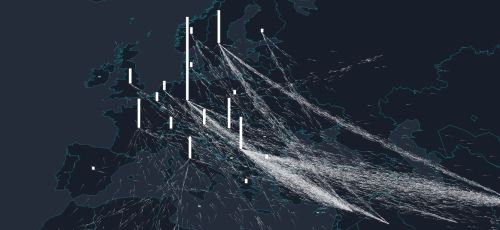Sometime soon (or already?) the world population will hit 7 billion. CNN prepared some aids to help us visualize how large of a number that is. They have some great examples, but I still don’t think people can actually visualize that.
— Seven billion ants, at an average size of 3 milligrams each, would weigh at least 23 tons (46,297 pounds).
I don’t think one can transfer the ants or rice visuals onto humans. I think humans are the best examples here. Just take a moment and think of all the people you ever knew – family, friends, classmates, colleagues, cashiers at the nearest grocery shop, politicians you saw on TV, important people you’ve read about in history books, fiction characters, your Facebook friends (most of who are fiction characters), and on and on and on. If you sum up all those people, you’d probably be well over a thousand people. Maybe two or three thousand. Let’s say it’s five thousand. That is still 1,400,000 times fewer than the current world population. Hence, I say, it is impossible to imagine. We are just not built for that. After all when we were built, the world population wasn’t even a single million.
